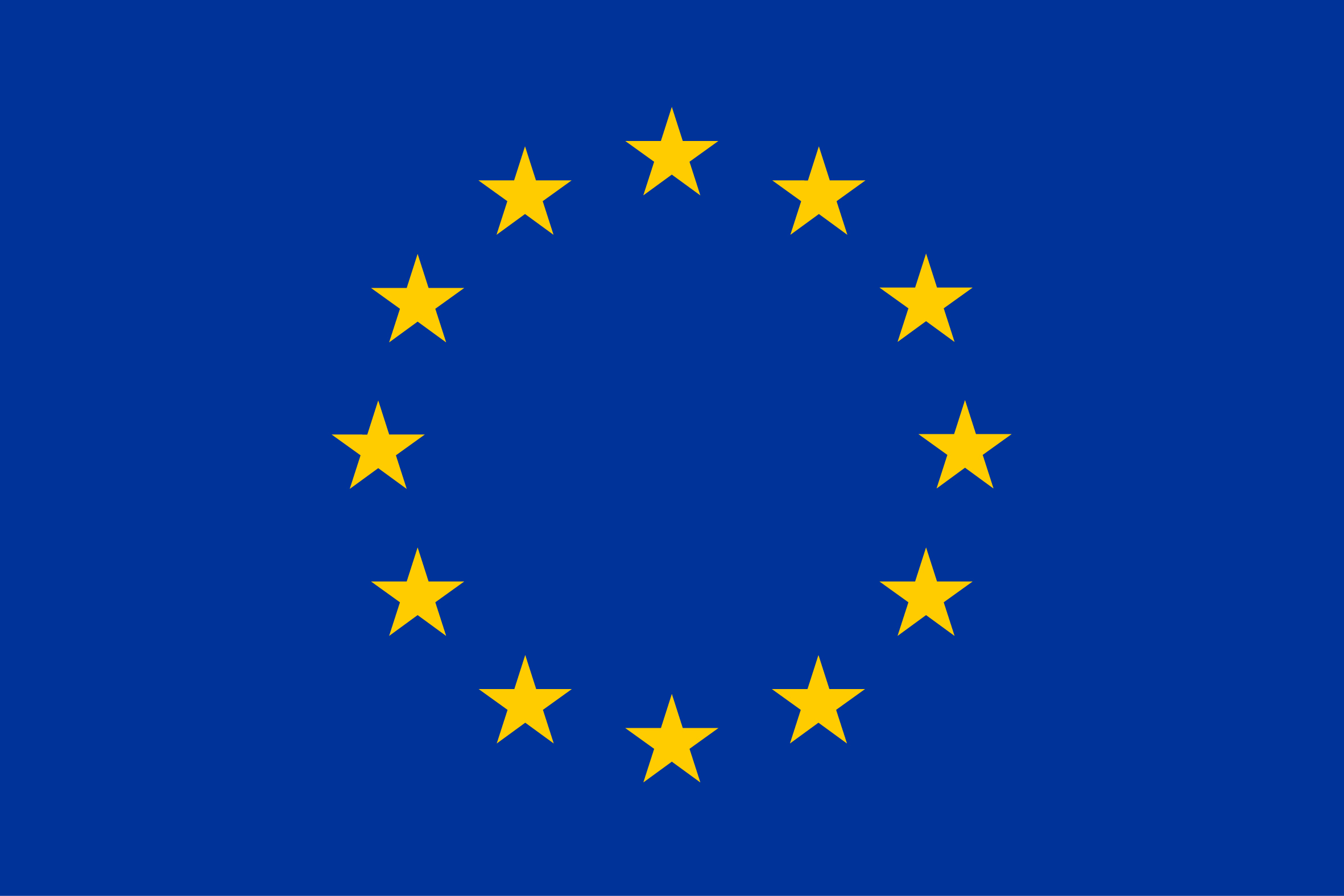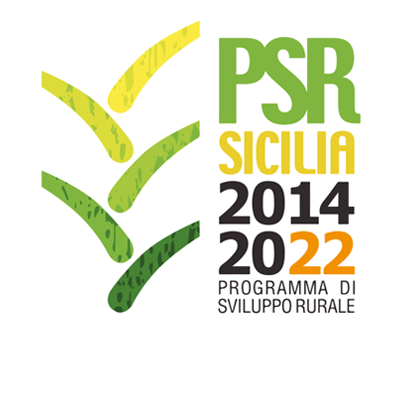Country
Specie
ISO3
ISL
Language
eng.
Other name
Islenskir Nautgripir, Icelandic Dairy Cattle, Icelandic Cattle
Breed classification (adaptedness)
Native
Breed classification (geographic)
Local
Additional information
Organized breeding work began around 1900. Artificial insemination became the main breeding method around 1970 and one bull center serves the whole country. A recording system and a database is operated.
Efabis cultural role comment
Folklore in sagas and literature, gastronomy such as skyr
Adaptability to specific environment
Hardy and robust,well adapted to Icelandic conditions,e.g. to volcanic soils
Special characteristic of product
Evidence of special protein characteristics for cheese making. Milk suggested to give some protection against diabetes in children.
Other special qualities
Skyr
Reference for special qualities
, a low fat,high protein product (milk product with some similarity to yoghurt)
Efabis genetic features
The animals are robust and can be driven for long distances.
Body conformation
utilization of grassland, even rangelands
Coat description
Robust, well adapted to grazing and roughage feeds
Efabis skin colour
multi coloured: black, grey, red, brown, white
Number of horns males
0
Number of horns females
0
Horn shape size and comments
0/2
Wither height males
0/2
Wither height females
Nowadays very few animals are horned. The horn size and shape vary a great deal in the population.
Weight males
160.00
Weight females
130.00
Other specific visible traits
800
Herdbook
470
Herdbook established
Highly variable
Domestication status
y
Taxonomic classification
1930
Description of origin
domestic
Year of origin
0
Import
indigenous native breed
Location within country
870 - 930
Local cryo conservation status
Since the settlement, only a few cattle have been imported to Iceland in order to improve the breed, the last ones around 1870. This importation appears to have had minimum effect on the breed.
Local Risk
country-wide
Detailed local risk status
Sufficient
Regional Transboundary Risk (detailed)
Not at Risk
International Transboundary Risk detailed
Not at Risk




